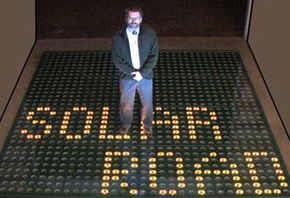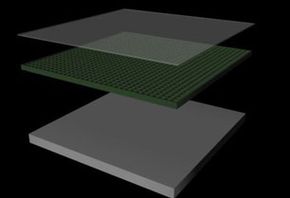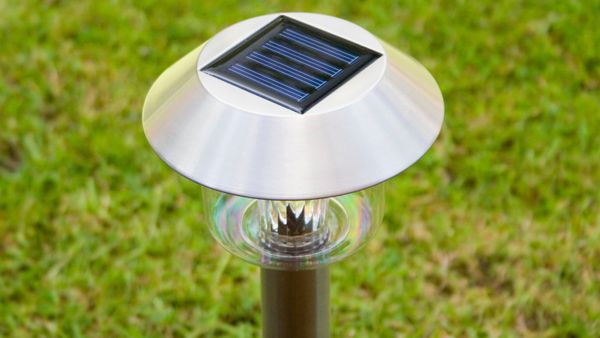Solar Roadwaysis a company with an ambitious vision for a new energy future: to replace all concrete and asphalt surfaces, including the4 million miles of roads and streets in the United States, with solar road panels. The plan would effectively transform our country’s entire transportation network into one massive power plant.
If immediately implemented, an entirely unrealistic prospect even by the company’s own admission, with commercially produced solar panels available today, the resulting energy savings gained from not burning fossil fuels could cut the nation’sgreenhouse gasemissions in half,according to Solar Roadways projections. And best of all, by simultaneously replacing our crumbling roads and deteriorating power grid, the system would even eventually pay for themselves, according to Solar Roadways.
Advertisement
It’s easy to get carried away when faced with an idea as potentially game changing assolar road panels. But how well do solar road panels really stack up when reality crashes into theory?



